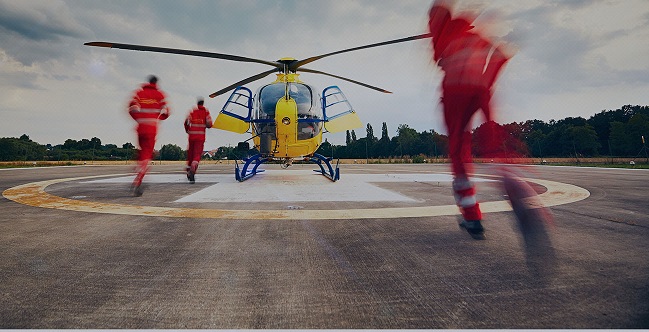Safety & Security

ETSI Issues Two Major Standards for Emergency Calls: Next Generation 112 and Advanced Mobile Location
ETSI’s Emergency Communication Special Committee has recently released two major specifications, ETSI TS 103 479, for NG112, the next generation of European emergency services and ETSI TS 103 625, for the specific Advanced Mobile Location function. AML is already implemented in 22 countries worldwide following the publication of the first ETSI technical report TR 103 393.
NEXT GENERATION OF EMERGENCY CALLS: ETSI TS 103 479 specifies the core elements of the architecture for network independent access to emergency services, enabling interoperability of implementation for the Next Generation access to emergency services. Next Generation 112 (NG112) architecture enables multimedia communications (text, video, together with location or additional data) which is not possible on the current phone-based system. This will benefit citizens in emergency situations as well as emergency responders, network providers and other stakeholders.
ADVANCED MOBILE LOCATION: As more than 70% of emergency calls come from a mobile phone in Europe, the Advanced Mobile Location (AML) technology is essential to provide the most accurate location of the caller. With AML the phone's location capabilities (making use of GNSS, WIFI and cellular network information) are activated when an emergency number is dialed. The location obtained is then sent to a location endpoint managed by, or on behalf of, a national emergency service. These technologies can provide a location precision as good as 5m outdoors (and averaging to within circular areas of ~25 m radius for indoor locations), a significant improvement on existing cell coverage provided by mobile networks, which average (across the UK as an example) circular areas of about 1,75 km radius.







